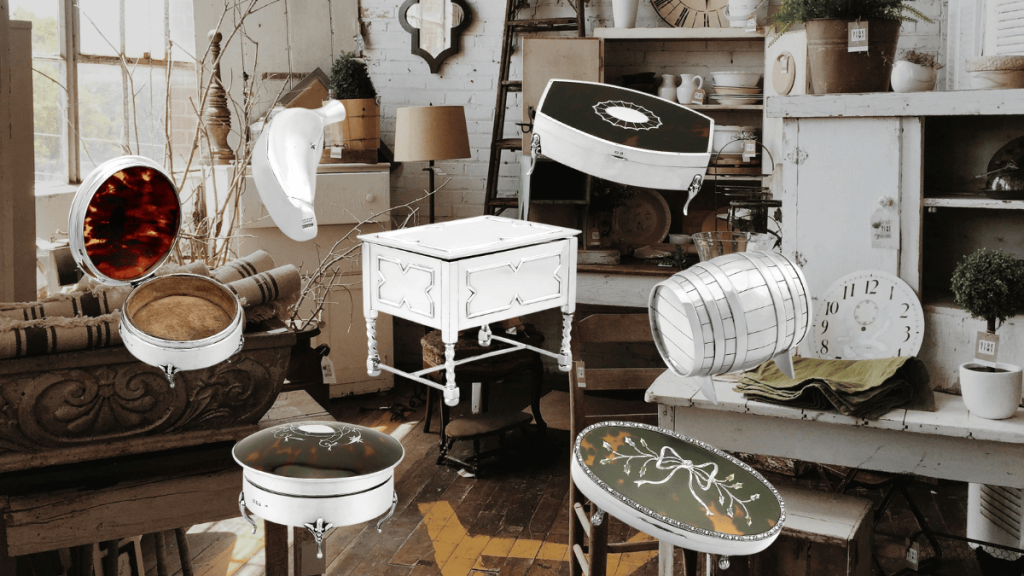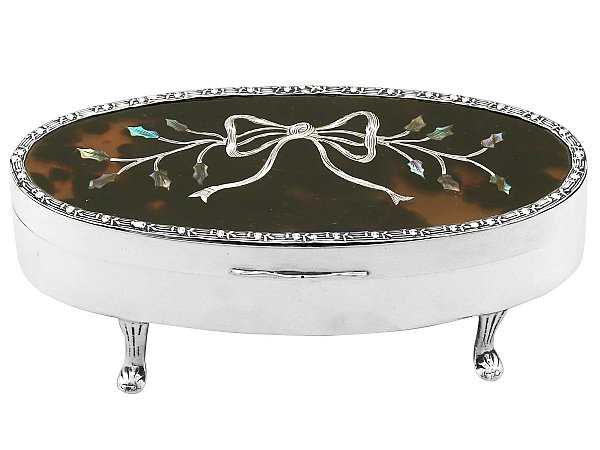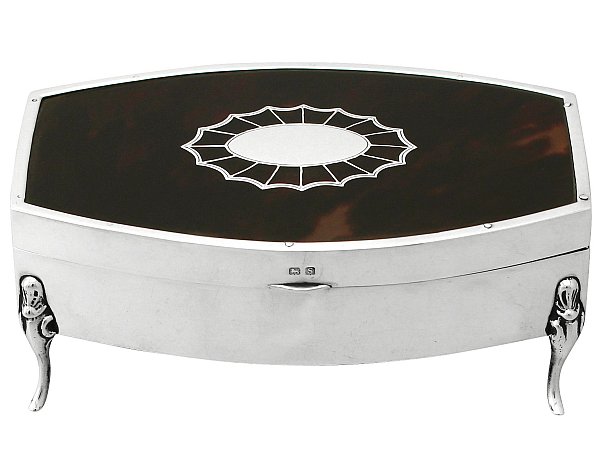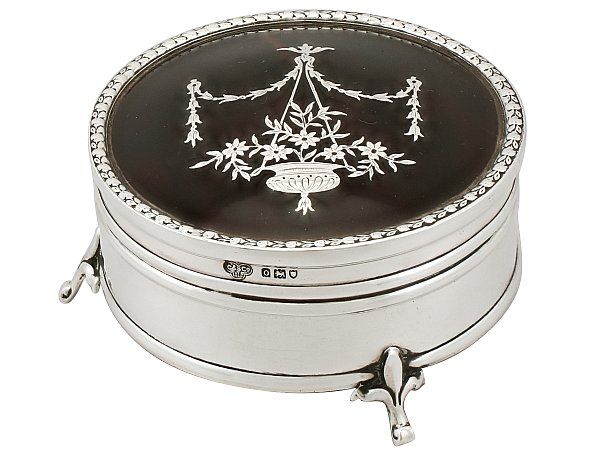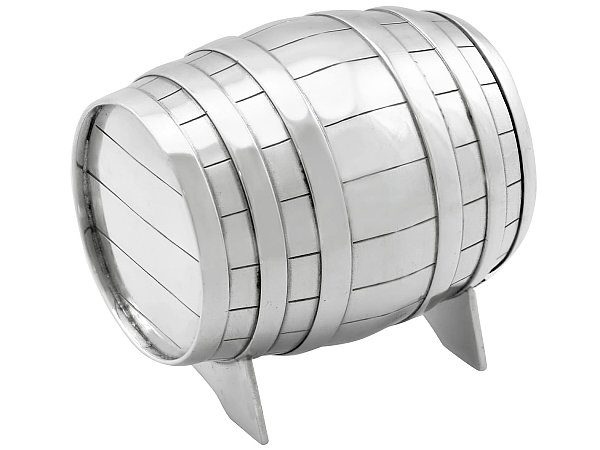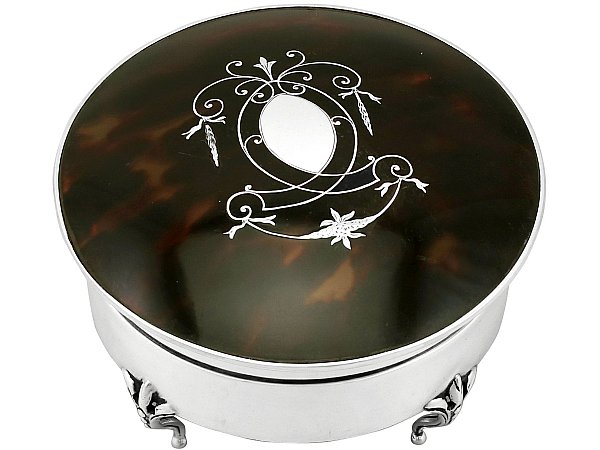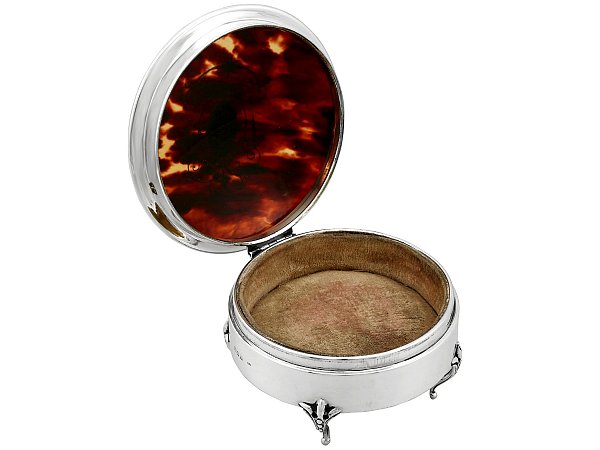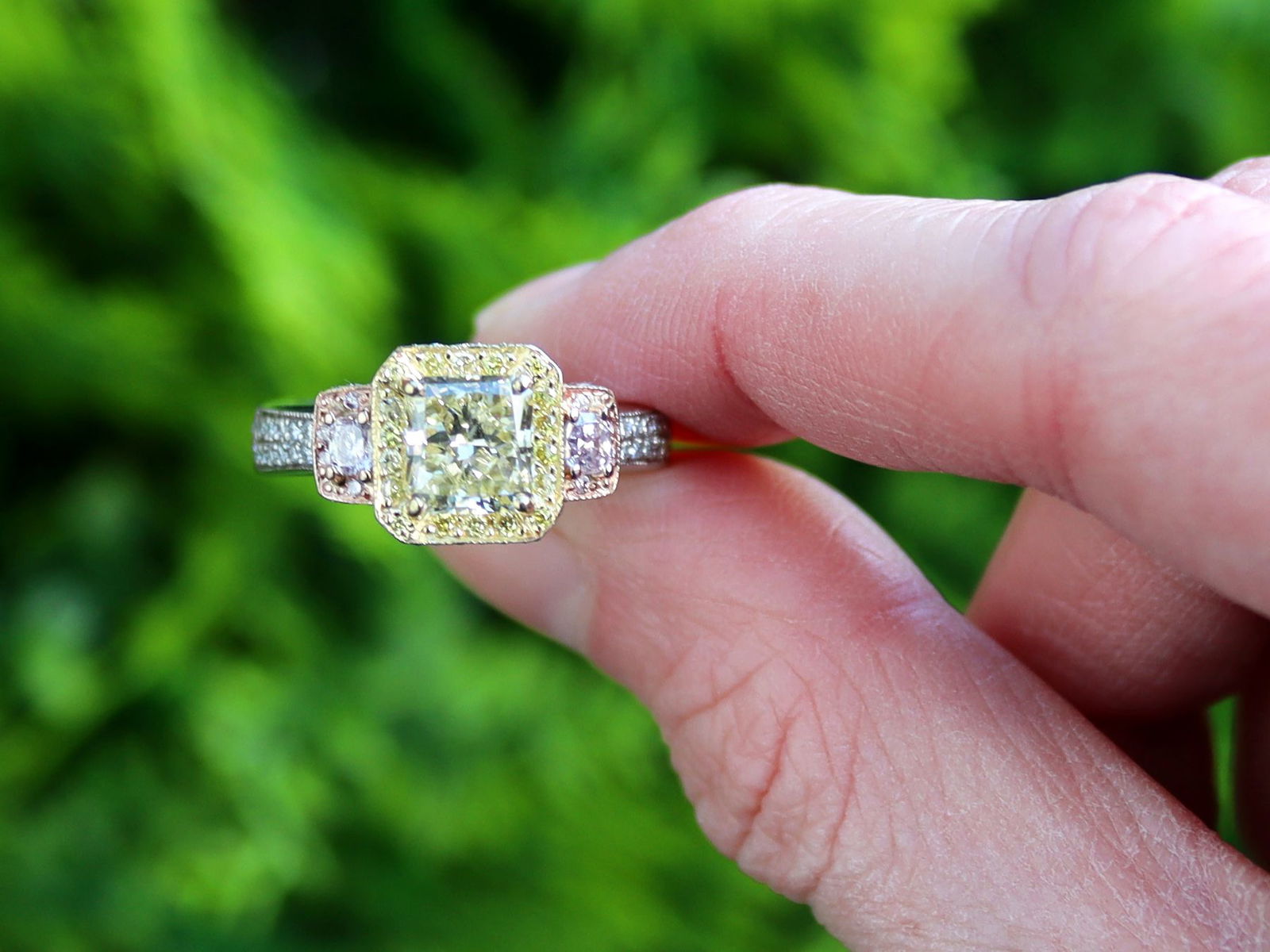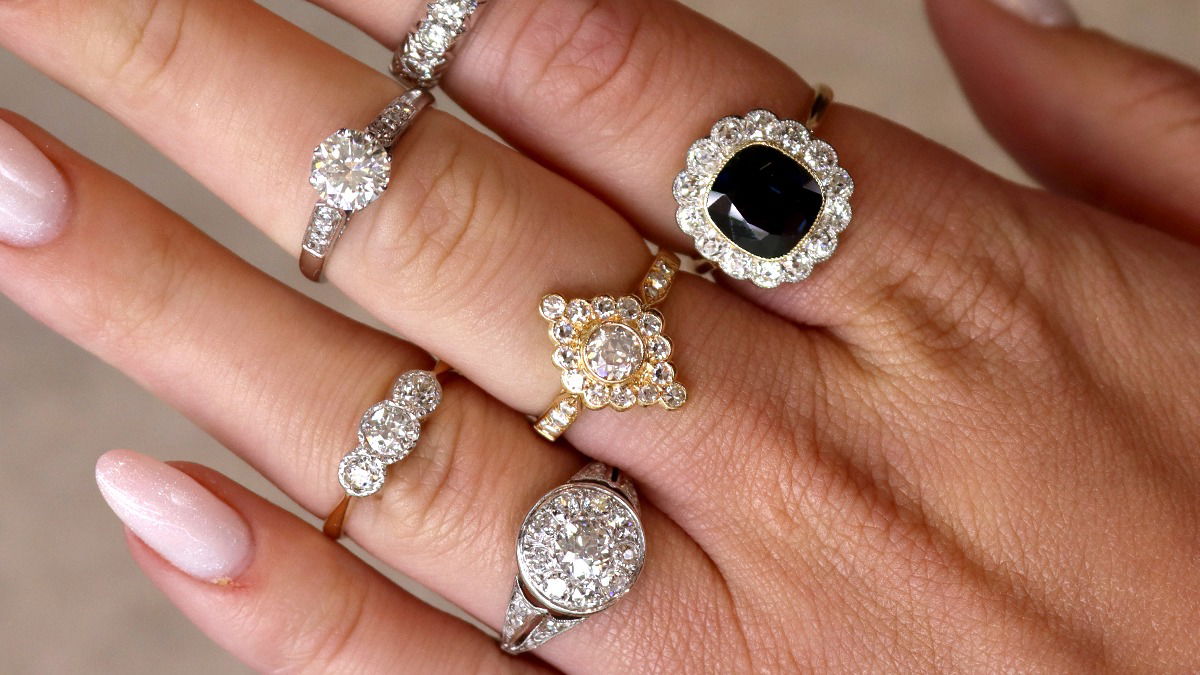Antique trinket boxes, known for their intricate designs and unique craftsmanship, are true treasures for collectors and history lovers alike. Whether they are family heirlooms or finds from a vintage shop, these delicate pieces can bring charm and character to any collection. To keep them in excellent condition for years to come, it’s important to care for and maintain them properly. In this guide, we’ll provide practical tips on how to clean, store, and protect your antique trinket boxes from potential damage.
Cleaning Your Antique Trinket Box
Proper cleaning is essential for maintaining the beauty of your trinket box. Antique boxes, however, can be made from various materials like wood, metal, porcelain, glass, and even ivory, and each type needs its own specific cleaning approach.
Wooden Boxes:
- Gently dust the surface using a soft, dry microfiber cloth to eliminate any surface dust.
- For a deeper clean, slightly dampen a cloth with a mixture of water and a small amount of mild dish soap. Always test this solution on an inconspicuous area first to make sure it won’t damage the finish.
- Steer clear of abrasive cleaners that could scratch the wood.
- Use a specialised wood polish or wax sparingly to help restore moisture to the wood and protect it from drying out.
Metal Boxes:
- For silver or gold boxes, it’s best to use a specialised metal cleaner to protect the finish.
- A soft cloth or brush is ideal for cleaning delicate areas, and be careful not to over-polish, as this can wear away the patina.
- If you have tarnished metal, a jewellery cleaning cloth or a simple mixture of water and baking soda can effectively remove tarnish without the need for harsh chemicals.
Porcelain and Ceramic Boxes:
- Dust gently with a soft brush or microfiber cloth.
- Use a damp cloth to wipe the surface clean, being cautious not to wet any painted or gilded areas.
- Avoid submerging porcelain pieces in water, as this can damage the delicate finish or artwork.
Glass and Crystal Boxes:
- Clean with warm, soapy water and dry them immediately with a soft cloth to prevent water spots.
- A polishing cloth designed for glass can help bring out its shine without scratching.
Ivory or Bone Boxes:
- Clean using a soft, dry cloth. Avoid using any cleaning solutions, as these materials are porous and can absorb moisture, causing irreversible damage.
- Humidity can cause ivory and bone to crack, so be mindful of the environment where these items are stored.
Storage: Protecting Your Trinket Boxes
Proper storage is essential for keeping your trinket boxes in good condition. The location and method of storage can help protect them from environmental factors, physical damage, and exposure to light.
Avoid Direct Sunlight: Extended exposure to sunlight can lead to fading, discoloration, and damage to materials. Keep your trinket boxes out of direct sunlight by storing them away from windows or using protective curtains to block harsh UV rays.
Temperature and Humidity Control: Extreme temperature changes can cause wood to warp or crack, while high humidity may lead to rust on metal boxes or harm delicate items such as ivory and porcelain. It’s best to keep your trinket boxes in a room where the temperature and humidity levels remain stable. A temperature range of 65°F to 75°F (18°C to 24°C) with humidity levels between 40-60% is ideal.
Use Display Cabinets with Glass Doors: If you want to showcase your antique trinket boxes, think about using a display cabinet with glass doors. This will keep them safe from dust, physical damage, and environmental factors, all while letting you enjoy their beauty.
Padding and Shelving: To avoid scratches or dents, use soft, acid-free tissue paper or velvet pads inside the box or on the shelves where the boxes are displayed. Make sure not to overcrowd the boxes on the shelves, as this will help them “breathe” and reduce the chance of physical damage.
Protection from Environmental Factors
Environmental factors such as dust, pollutants, and humidity can significantly damage antique trinket boxes over time. Here are some tips to help reduce their impact:
Dust and Dirt: It’s important to regularly dust your trinket boxes using a microfiber cloth or a soft brush. Over time, dust and dirt can build up and potentially cause damage to the surfaces if not cleaned properly. For spots with more stubborn grime, consider using a small vacuum cleaner equipped with a soft brush attachment to gently clear dust from those hard-to-reach areas.
Air Pollution: Make sure to keep your trinket boxes in a clean, dust-free space. Airborne pollutants such as cigarette smoke, cooking fumes, and industrial emissions can cause lasting harm to the materials and finish of your boxes. You might want to use an air purifier in the room where your boxes are kept to help minimise the effects of environmental pollution.
Pest Protection: Antique boxes, particularly those made of wood, can be vulnerable to damage from pests such as moths and termites. To safeguard your collection, keep your trinket boxes in a sealed, climate-controlled space, and regularly inspect them for any signs of pests. Using cedar chips or lavender sachets can serve as natural repellents, but make sure they don’t touch the boxes directly.
Avoid Chemicals: Avoid letting chemical cleaners, sprays, or perfumes touch your antique trinket boxes, as they can lead to discoloration, corrosion, or fading. When using any cleaning products or maintaining the room, make sure the area is well-ventilated and that your boxes are properly covered.
Handling Your Trinket Boxes with Care
Always handle your antique trinket boxes with clean hands to prevent transferring oils, dirt, or residue onto their surfaces. When lifting them, hold them gently by the sides or base—avoid touching delicate parts like handles or locks, as these can break or weaken over time.
If you’re dealing with especially fragile or valuable pieces, consider wearing gloves. This will help keep fingerprints from appearing on delicate surfaces such as porcelain or glass.
Regular Inspections
It’s essential to inspect your trinket boxes periodically for any signs of damage or deterioration. Look for cracks, warps, discoloration, or missing parts. Address minor repairs as soon as you spot them to prevent further damage. If necessary, consult a professional conservator or restoration expert who specialises in antiques to ensure that the repairs are done correctly.
Taking care of antique trinket boxes is a continuous task that demands attention, patience, and the right methods. By cleaning them correctly, keeping them in suitable conditions, and protecting them from environmental influences, you can help ensure that these treasured items stay beautiful and intact for future generations to appreciate. Whether you’re a collector or just an admirer, dedicating time and care to your antique trinket boxes will be worthwhile for their ongoing preservation and lasting appeal.

